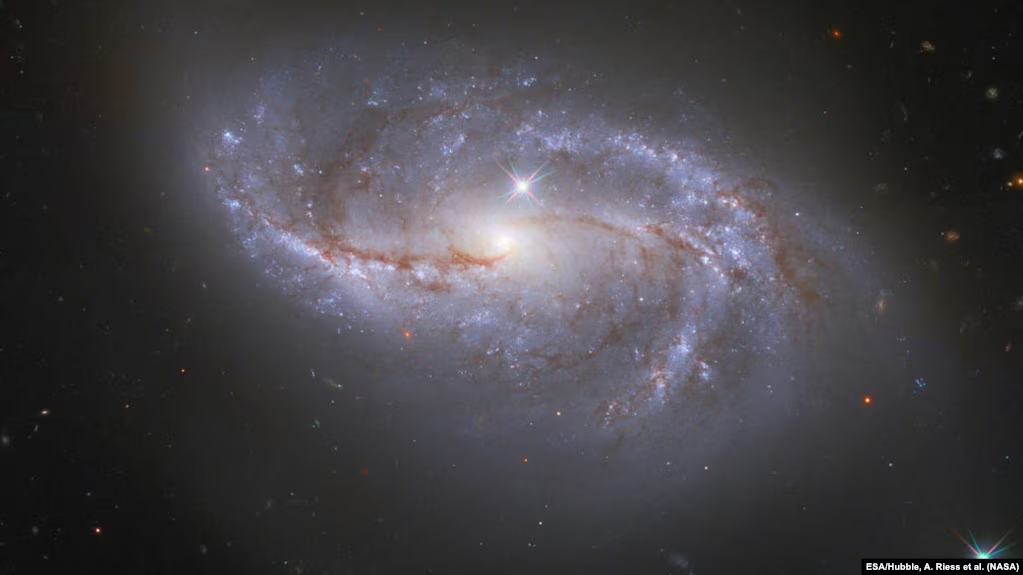NASA is gearing up for an ambitious venture, the Landolt Space Mission, set to launch by the decade’s end. This groundbreaking initiative will place a satellite in orbit, acting as an artificial star to enhance the accuracy of ground-based telescopes, thereby expanding our cosmic knowledge. Scheduled for an early 2029 launch, this satellite will be compact, about the size of a loaf of bread.
Equipped with eight lasers, the satellite will simulate the light of various celestial bodies, from stars to supernovae. This innovative calibration method will allow astronomers to fine-tune their telescopes and observatory instruments, resulting in more precise measurements of actual celestial objects.
Positioned 35,785 kilometres above Earth, the satellite will maintain a geosynchronous orbit, appearing stationary from the ground. As Peter Plavchan, the principal investigator from George Mason University, explains, this orbit is designed to make the satellite mimic a real star. During its first year, the satellite will remain over the U.S., facilitating optimal observation for NASA and independent American observatories. While invisible to the naked eye, the artificial star will be detectable by telescopes equipped with digital cameras.
This setup promises to help astronomers achieve greater accuracy in measuring changes in stellar luminosity and other characteristics. Named after Arlo Landolt, a pioneer in stellar brightness catalogues, the mission was approved by NASA in February and publicly announced on June 10. The project, involving around 30 experts, is estimated to cost $19.5 million.
The Landolt Space Mission represents a significant leap in space exploration. Serving as a stable and well-defined sky landmark, it will enable scientists to refine their observational techniques, securing more precise data with each study. Ultimately, this mission will illuminate more of the universe’s mysteries, marking a new chapter in our understanding of the cosmos.


